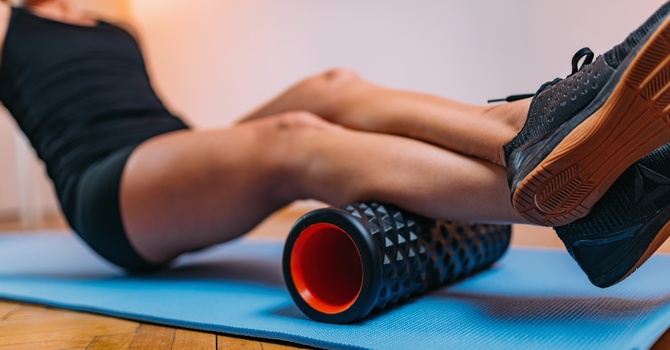Pain Science - Human Movement & Pain
Humans have a unique relationship with pain. We experience pain in various ways after our physical injuries, accidents, surgeries, traumas and conditions. We incorporate our brain’s interpretation and perception of the physical injury and emotional components that combine to create our experience of pain.
As a Doctor of Physical Therapy and a Human Movement Specialist practicing in out-patient clinics over the past 36 years, I have been privileged to help thousands of patients recover from a variety of injuries and ailments. Each patient’s experience with pain is unique, with some patients being able to recover from severe trauma or injury with unexpected ease, and other patients with seemingly minor injuries being debilitated by pain.
What Can We Learn from Pain Research?
Research gives us a better understanding of why there is such variation in our response to pain. The following is a brief overview of some of the key concepts. This will lead to our discussion here of what we can do to control pain – with the goal to empower you to better understand, control and break the cycle of your pain responses in order to optimize your function and your well-being.
We have nerve endings (receptors) in our body – our skin, our joints, connective tissues and in our organs. Internal and external stimulation of these nerve endings send signals to larger groups of nerves (ganglia) and to our central nervous system via our spinal cord and to our brain.
This stimulates the Amygdala – a primitive area deep in our brain that activates the Autonomic Nervous System (ANS), which in turn, initiates a “fight or flight” response in our brain and in our body. Activation of the ANS an cause acute spasms and other physiological changes anywhere in the body. In addition, there are “local” reflexes surrounding the area of trauma or injury that activate muscular, vascular and nervous system responses.
At the same time, the Anterior Cingulate Cortex (ACC) – a area in the frontal lobe of the brain that is responsible for emotional factors – is stimulated, and it turns off the Dorsolateral Prefrontal Cortex (DLPFC), an area of the brain that helps to modulate or decrease our perception of pain. This is the area responsible for "executive functions" - such as planning, working memory and decision-making.
These are powerful and automatic responses – reflexes that have been necessary for our survival as individuals and as a human species. However, these nervous system responses in the mind and body can become hyper-sensitized. In other words, the pathways and reflexes can become easily activated if the cycle repeats itself. This includes our feelings of fear, worry, anxiety, anticipation of pain and associating the pain with a larger health issue. And the response can be to a larger or smaller degree in comparison to the actual tissue damage or injury. That's how we can develop reflexive habit patterns associated with a perception of pain - whether it's related to a state of acute, sub-acute or chronic healing - or not.
We can feel pain locally (at the point of injury/ trauma), and also almost anywhere in the body. This includes tingling, numbness, burning, Irritable Bowel Syndrome (IBS) & bladder symptoms, palpitations, rapid heart rate, headaches, migraines and compensatory movement patterns that further reinforce the cycle of pain.
Move Well Without Pain – A Doctor of Physical Therapy's Perspective
I believe that it’s important to understand each person’s unique history – your experience with an injury, ailment or condition – as well as your physical and emotional responses. It's essential to listen to understand your story and to perform a holistic evaluation of your physical movement. With a focus on empowering you to learn how to break the cycle of nervous system, muscular and reflexive responses. With acute, sub-acute and chronic pain we often develop compensatory movement patterns which can lead to pain and problems in local and remote areas of the body. The good news is that once dysfunctional movement issues are identified we can address them - at any age. it's never too late and there's always something we can do to help you to move well without pain.
My physical therapy intervention and treatment straategies will provide you with tips, tools and strategies to understand the issues contributing to your pain. You'll have a comprehensive home exercise and activity plan of care to address the root cause of your pain. I'll include evidence-based education to empower you to achieve positive and realistic expectations for your functional recovery.
It will be important to incorporate mindfulness and body awareness, using practical tools and strategies to break the cycle of pain and dysfunctional movement patterns. You'll learn new habits for optimal posture, movement, balance & wellness so that you can move well without pain in the life activities that you enjoy - and to help you to achieve your best healthspan.
My best to you in health,
Dr. Darcy
.jpg)


